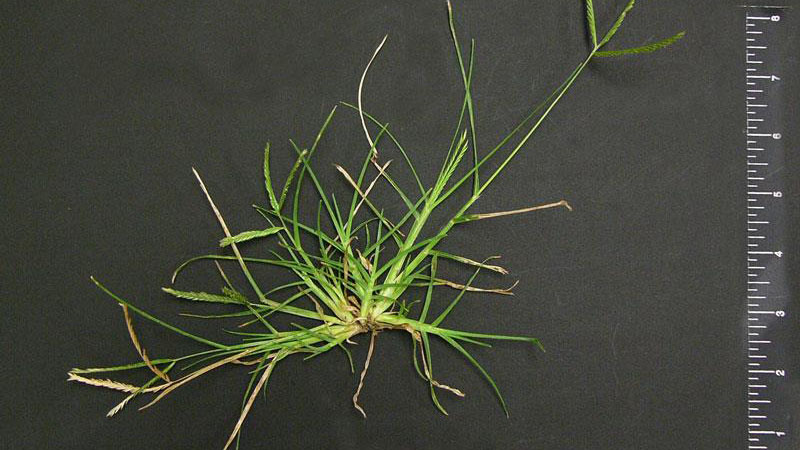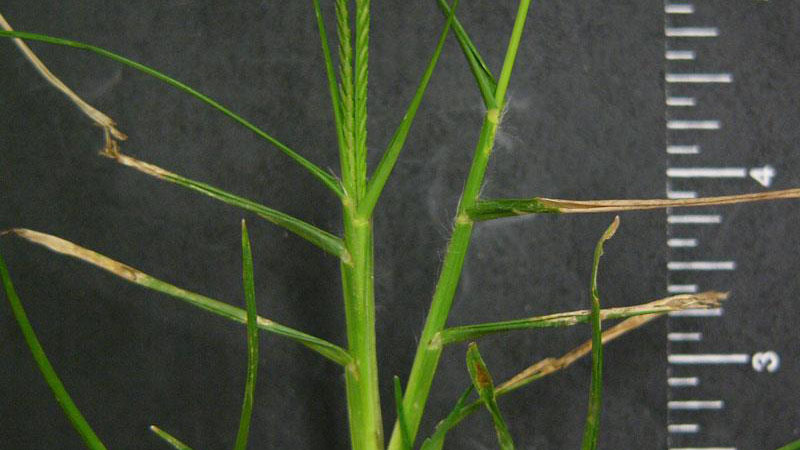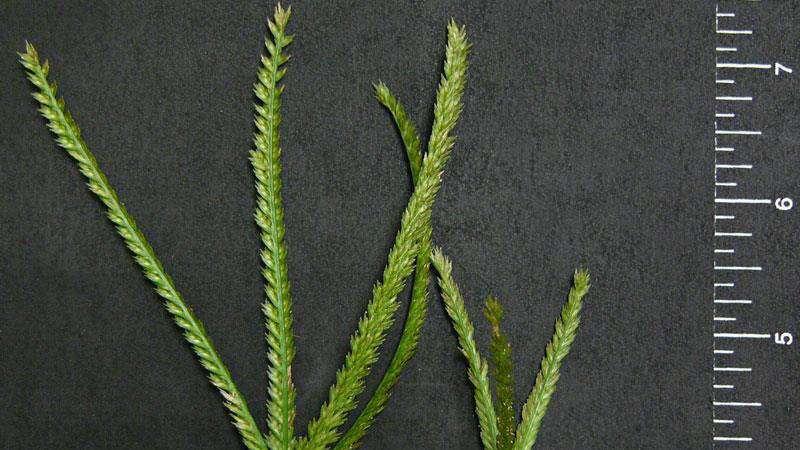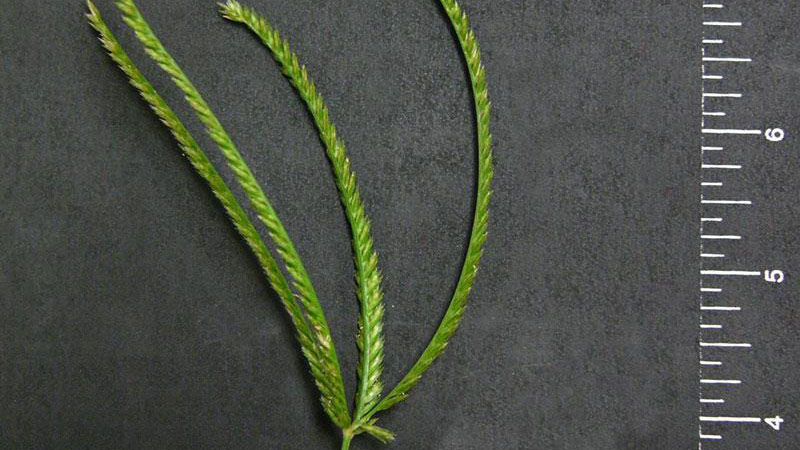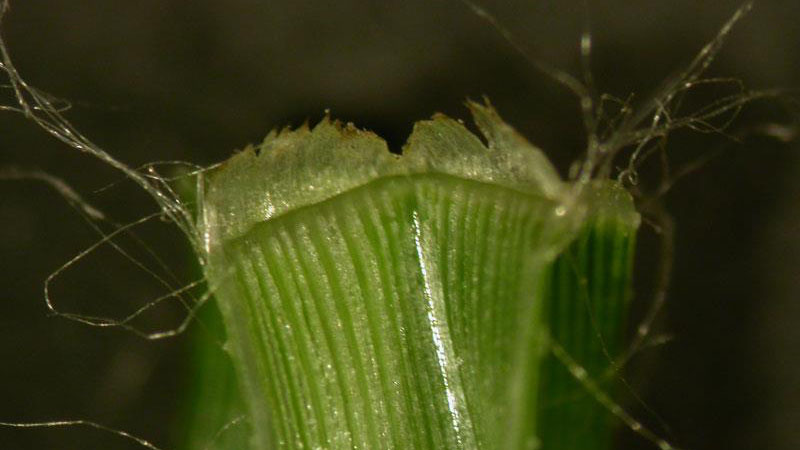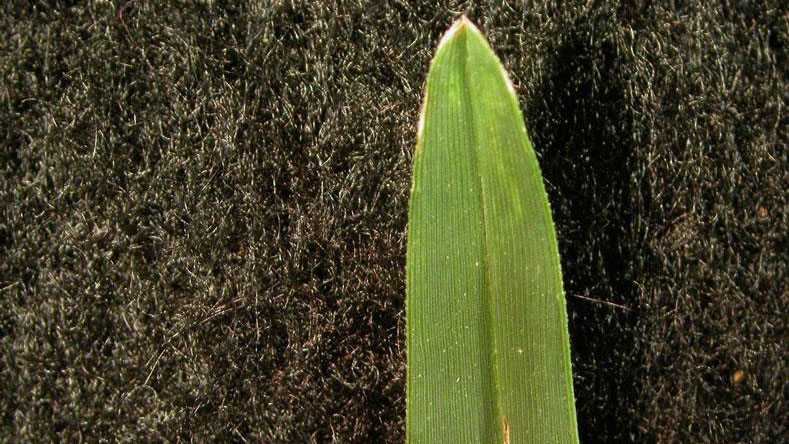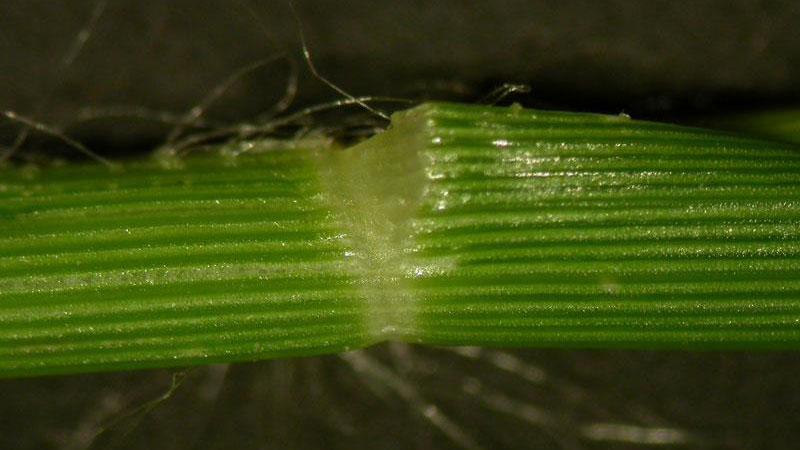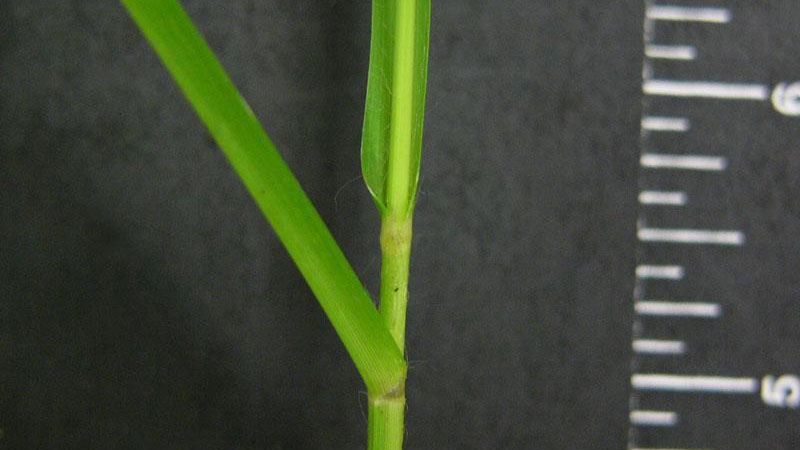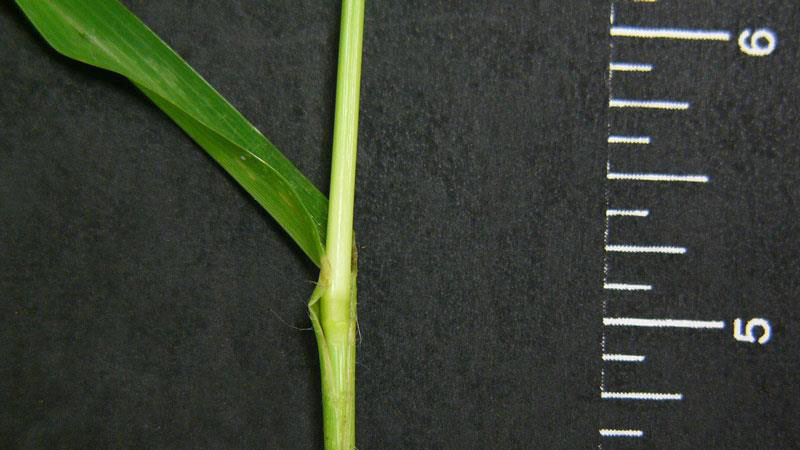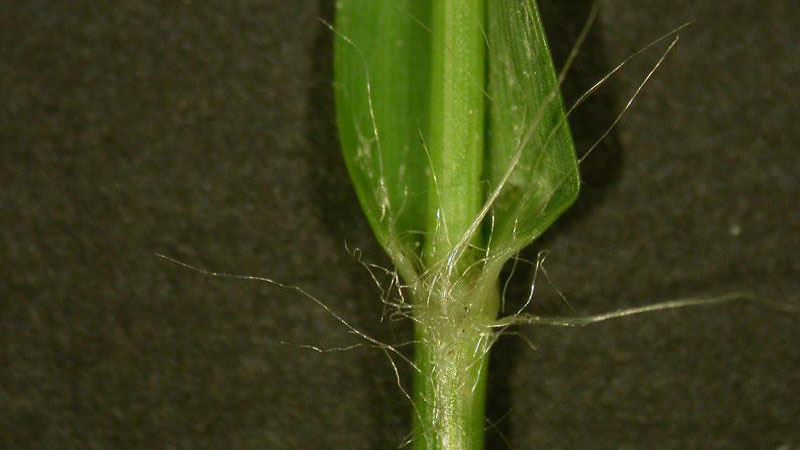Goosegrass
en Español / em Português
El inglés es el idioma de control de esta página. En la medida en que haya algún conflicto entre la traducción al inglés y la traducción, el inglés prevalece.
Al hacer clic en el enlace de traducción se activa un servicio de traducción gratuito para convertir la página al español. Al igual que con cualquier traducción por Internet, la conversión no es sensible al contexto y puede que no traduzca el texto en su significado original. NC State Extension no garantiza la exactitud del texto traducido. Por favor, tenga en cuenta que algunas aplicaciones y/o servicios pueden no funcionar como se espera cuando se traducen.
Português
Inglês é o idioma de controle desta página. Na medida que haja algum conflito entre o texto original em Inglês e a tradução, o Inglês prevalece.
Ao clicar no link de tradução, um serviço gratuito de tradução será ativado para converter a página para o Português. Como em qualquer tradução pela internet, a conversão não é sensivel ao contexto e pode não ocorrer a tradução para o significado orginal. O serviço de Extensão da Carolina do Norte (NC State Extension) não garante a exatidão do texto traduzido. Por favor, observe que algumas funções ou serviços podem não funcionar como esperado após a tradução.
English
English is the controlling language of this page. To the extent there is any conflict between the English text and the translation, English controls.
Clicking on the translation link activates a free translation service to convert the page to Spanish. As with any Internet translation, the conversion is not context-sensitive and may not translate the text to its original meaning. NC State Extension does not guarantee the accuracy of the translated text. Please note that some applications and/or services may not function as expected when translated.
Collapse ▲Description
Goosegrass (Eleusine indica) is a very troublesome grassy weed in athletic fields, golf greens, tees and fairways, and in other turfgrasses that are mowed short. It germinates when soil temperatures reach 60 to 65°F, and requires moisture and light for germination. Goosegrass has a prostrate growth habit, and is often white in the center with a wagon-wheel like appearance. Unlike crabgrass, it does not root at the nodes, but grows well in compacted soils. It competes very successfully with warm-season and cool-season turfgrasses during summer months and is most competitive in thin, open turfs and turfs subject to intense traffic or use.
Cultural Control
Goosegrass is most competitive in thin, open turfs and turfs subject to intense traffic or use. Close mowing and frequent watering enhance goosegrass competition. It is a very troublesome weed in athletic fields, golf greens, tees and fairways and other turfgrasses that are mowed short. Goosegrass germinates when soil temperatures reach 60°F, which is usually at least two weeks later than crabgrass. It competes very successfully with warm-season and cool-season turfgrasses during summer months. A severe goosegrass infestation may indicate the need for aerification to alleviate compaction.
Species Data
- SEEDHEAD / FLOWER
- VERNATION TYPE
- folded
- LIGULE TYPE
- GROWTH SEASON / LIFE CYCLE
- summer annual weed
- AURICLE TYPE
- absent
- LEAF BLADE TIP SHAPE
- LEAF BLADE WIDTH
- 0.2 - 0.4 inches (5 - 10 mm) wide
- STOLON PRESENCE
- absent
- RHIZOME PRESENCE
- absent
- COLLAR TYPE
- SHEATH MARGIN
- split with overlapping margins; sheath is hairy at top, edges may have hairs
Figure 16, Figure 17, Figure 18
- split with overlapping margins; sheath is hairy at top, edges may have hairs
- SHEATH TYPE
- flattened



